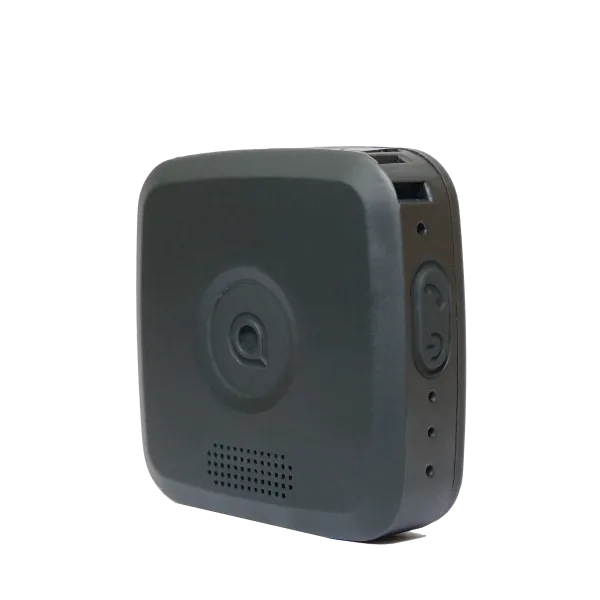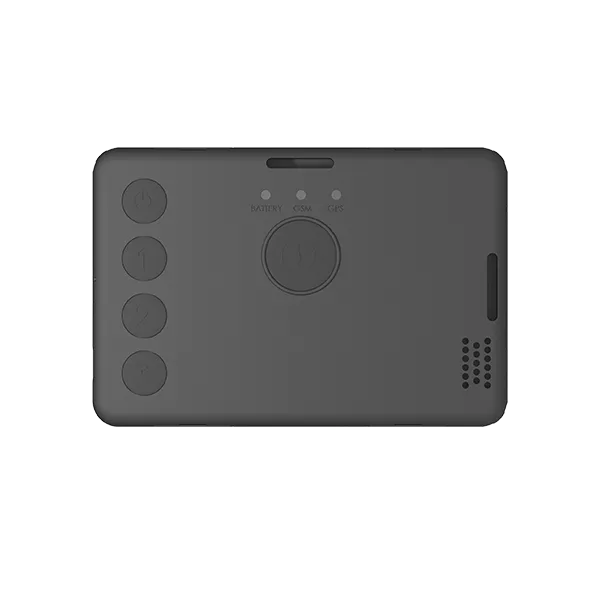How to Handle Aggression: Causes, Triggers & 10 Expert Tips for De-Escalation
What is aggression, what are the triggers of aggressive behaviour, and what's the best way to calm an aggressive situation at home or in the workplace?

What is Aggression? Understanding the 4 Types of Aggressive Behaviour
Aggression in the workplace and daily life is a growing concern, with 688,000 incidents of violence at work (HSE) and 475,000 cases of retail staff abuse (British Retail Consortium, 2022/23). Understanding aggressive behaviour triggers and knowing how to de-escalate aggression can help keep you and others safe.
These figures are shocking enough but they could be much higher if every incident of aggression, however big or small, was recorded.
Unfortunately, on many occasions in our lifetime, we will witness or be on the receiving end of aggressive behaviour, whether it’s in the workplace or our personal lives. Therefore, it’s important to understand effective strategies for responding to aggressive people and, in high-risk roles, have the skills and necessary training to manage conflict resolution.
However, before we discuss our tips for how to deal with aggressive people, it’s important to consider what aggression is and the types of aggressive behaviour that we can experience, as well as what the triggers for aggression might be. Understanding all of this can help us when deciding on the best approach.
The 4 Main Types of Aggression (With Examples)
The term "aggression" refers to a range of forceful or hostile behaviours that can result in physical and/or psychological harm. A person who exhibits “aggression” may either focus on physically or mentally hurting someone or could be intent on damaging material objects.
There are 4 types of aggressive behaviour. These are:
- Physical aggression:
Where the aggressor uses physical violence to intentionally cause injury or damage to property, for example, pushing, shoving, tripping, punching etc. - Verbal aggression:
Where the aggressor raises their voice, uses bad or threatening language, uses language and a tone that is mocking or belittling, name-calling, and/or discriminatory remarks. - Passive aggression:
A person who exhibits passive aggression may not be visibly aggressive. However, they may be overly stubborn or procrastinate if they want to avoid doing something, ignore someone they don’t like or don’t wish to speak to, or say they are fine when their behaviour and tone imply otherwise. - Cyber aggression:
It’s easy to forget that aggressive behaviour can also play out online in the form of cyberbullying. This may include sending aggressive texts or emails, posting aggressive messages on social media platforms, or aggression in chat rooms, for example.
Some people may display more than one sign of aggressive behaviour.
What Triggers Aggressive Behaviour?
Understanding what has triggered the aggression in the first place can help to inform ways to deal with it. It’s also helpful to consider that aggression is often triggered by more than one factor.
Aggression may be triggered by:
- Anger or hostility
- Embarrassment or humiliation e.g. the victim having discovered something about the aggressor that they wanted to keep secret
- Competition and the desire to win
- Being afraid e.g. the aggressor has been made to feel intimidated or threatened by someone or something
- Feelings of rejection e.g. being rejected by a partner or colleague
- The desire to be in control of something or someone and assert dominance and/or possession
- A reaction to physical or emotional pain
- Certain medical conditions such as dementia or stroke can sometimes cause someone to show signs of aggression and behave in a way that is out of character, as well as some other conditions such as schizophrenia, autism, and post-traumatic stress disorder (PTSD)
- Alcohol, drugs and some medicines.
How to Deal with Aggressive Behaviour: 10 Top Tips
Dealing with aggressive people can be challenging, particularly if it’s something you’re not used to or trained to manage. We hope you’ll find these 10 tips to be a useful part of your conflict resolution strategy, whether it’s during the working day or at home:
- Take your time: Before reacting, take a deep breath and take some time to think about why the person is behaving aggressively because this will inform your response.
- Stay calm: Try to remain calm, avoid raising your voice, being overly defensive or using similar aggressive language or behaviour. This could make the situation worse.
- Non-threatening body language: Think about your body language. Maintain an open, non-threatening stance and avoid folding your arms as this could be perceived as defensive.
- Appropriate eye contact: Maintain an appropriate level of eye contact (but avoid staring as this could be perceived as confrontational).
- Keep your distance: Move slowly and steadily and avoid getting too close to the aggressor. Close contact could aggravate the situation.
- Listen carefully: Give the aggressor time to speak and listen carefully to what they are saying. If you feel it’s appropriate to do so, explain calmly but firmly that you want to help but can’t while they are exhibiting aggressive behaviour.
- Distract or delay: Depending on the situation, distraction or delay techniques could help the aggressor to calm down, and sometimes walking away can be the best solution (as long as you’re confident the aggressor won’t follow you and continue their behaviour).
- Raise the alarm: Call for help if necessary! This could be alerting someone close by, calling 999, or discreetly pressing the Red Alert button on your SoloProtect personal safety device.
- Review and inform: After the conflict has been resolved, consider who you need to inform e.g. a colleague, manager, family member, the police, a GP etc.
- Compose: Take some time to calm yourself in whichever way works for you. Some calming strategies include talking the incident over with a friend (but respecting confidentiality where necessary), doing some exercise, taking a long bath, going for a walk, or having a cup of tea.
For an in-depth approach to handling workplace aggression, download our Workplace Violence Prevention Checklist—a step-by-step guide to identifying risks, implementing safety measures, and protecting your team. Access the checklist here.
How Can a SoloProtect Personal Safety Solution Help to Protect You in Aggressive Situations?
Sometimes it’s necessary to call for help when an aggressive situation gets out of control. But what’s the best way to do this when picking up a phone to make a call could make the situation worse.
Carrying a lone worker device can give you the means to discreetly call for help by pushing a Red Alert button without breaking eye contact with an aggressor. This means that if the situation warrants police or ambulance assistance, you can focus on keeping the situation under control using distraction, delay or diffusion tactics until help arrives at the scene.
In addition to this, if you’re entering a non-emergency scenario where there’s a clear safety risk, e.g. entering a property when you can hear an argument taking place inside, SoloProtect’s Ready2Talk feature connects the user to an operator who will monitor the situation and quickly inform the emergency services if the situation escalates. The operator who is based in SoloProtect’s Alarm Receiving Centre will stay on the line until the user has confirmed that the conflict has come to a resolution and they are now safe.
Protect Your Team from Workplace Aggression with SoloProtect
Want to ensure safety in high-risk situations? Discover how SoloProtect's personal safety devices can help you de-escalate aggression and get emergency support when needed.
Book a free demo, request a quote, or get answers to your questions:
- Book a Lone Worker Safety Demo →
- Get a No-obligation Quote →
- Contact Us →
- Call us: 0114 399 6000
Your message has been received and we will be in touch shortly.
Frequently Asked Questions
FAQs: Managing Aggression and Staying Safe
What is the best way to handle aggression at work?
Stay calm, use non-threatening body language, and call for help if needed.
What are the common triggers of aggressive behaviour?
Triggers include stress, fear, rejection, medical conditions, or substance use.
Can a personal safety device help with workplace aggression?
Yes! SoloProtect safety devices provide discreet alarms and emergency assistance.











.webp)








.png)
